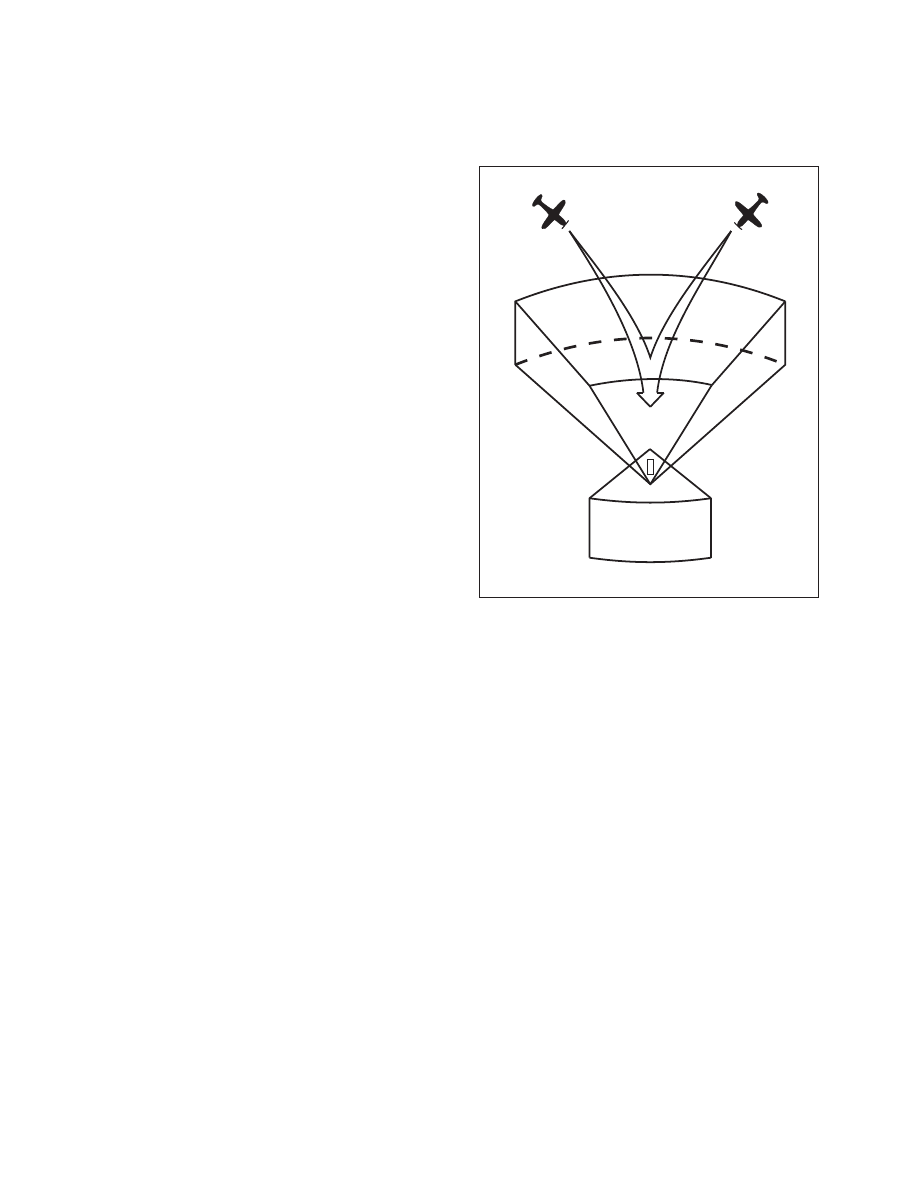
AIM
4/3/14
1−1−16
Navigation Aids
(b)
Exact locations of azimuth, elevation and
DME/P stations (for MLS receiver processing
functions);
(c)
Ground equipment performance level;
and
(d)
DME/P channel and status.
4. Auxiliary data content:
Representative
data include:
(a)
3−D locations of MLS equipment;
(b)
Waypoint coordinates;
(c)
Runway conditions; and
(d)
Weather (e.g., RVR, ceiling, altimeter
setting, wind, wake vortex, wind shear).
f. Operational Flexibility
1.
The MLS has the capability to fulfill a variety
of needs in the approach, landing, missed approach
and departure phases of flight. For example:
(a)
Curved and segmented approaches;
(b)
Selectable glide path angles;
(c)
Accurate 3−D positioning of the aircraft in
space; and
(d)
The establishment of boundaries to ensure
clearance from obstructions in the terminal area.
2.
While many of these capabilities are
available to any MLS−equipped aircraft, the more
sophisticated capabilities (such as curved and
segmented approaches) are dependent upon the
particular capabilities of the airborne equipment.
g. Summary
1. Accuracy.
The MLS provides precision
three−dimensional navigation guidance accurate
enough for all approach and landing maneuvers.
2. Coverage.
Accuracy is consistent
throughout the coverage volumes. (See
FIG 1
−1−10
Coverage Volumes
3
−D Representation
3. Environment.
The system has low suscept-
ibility to interference from weather conditions and
airport ground traffic.
4. Channels.
MLS has 200 channels− enough
for any foreseeable need.
5. Data.
The MLS transmits ground−air data
messages associated with the systems operation.
6. Range information.
Continuous range in-
formation is provided with an accuracy of about
100 feet.
1
−
1
−
12. NAVAID Identifier Removal During
Maintenance
During periods of routine or emergency maintenance,
coded identification (or code and voice, where
applicable) is removed from certain FAA NAVAIDs.
Removal of identification serves as a warning to
pilots that the facility is officially off the air for
tune−up or repair and may be unreliable even though
intermittent or constant signals are received.
NOTE
−
During periods of maintenance VHF ranges may radiate
a T
−E−S−T code (
- D DDD -).